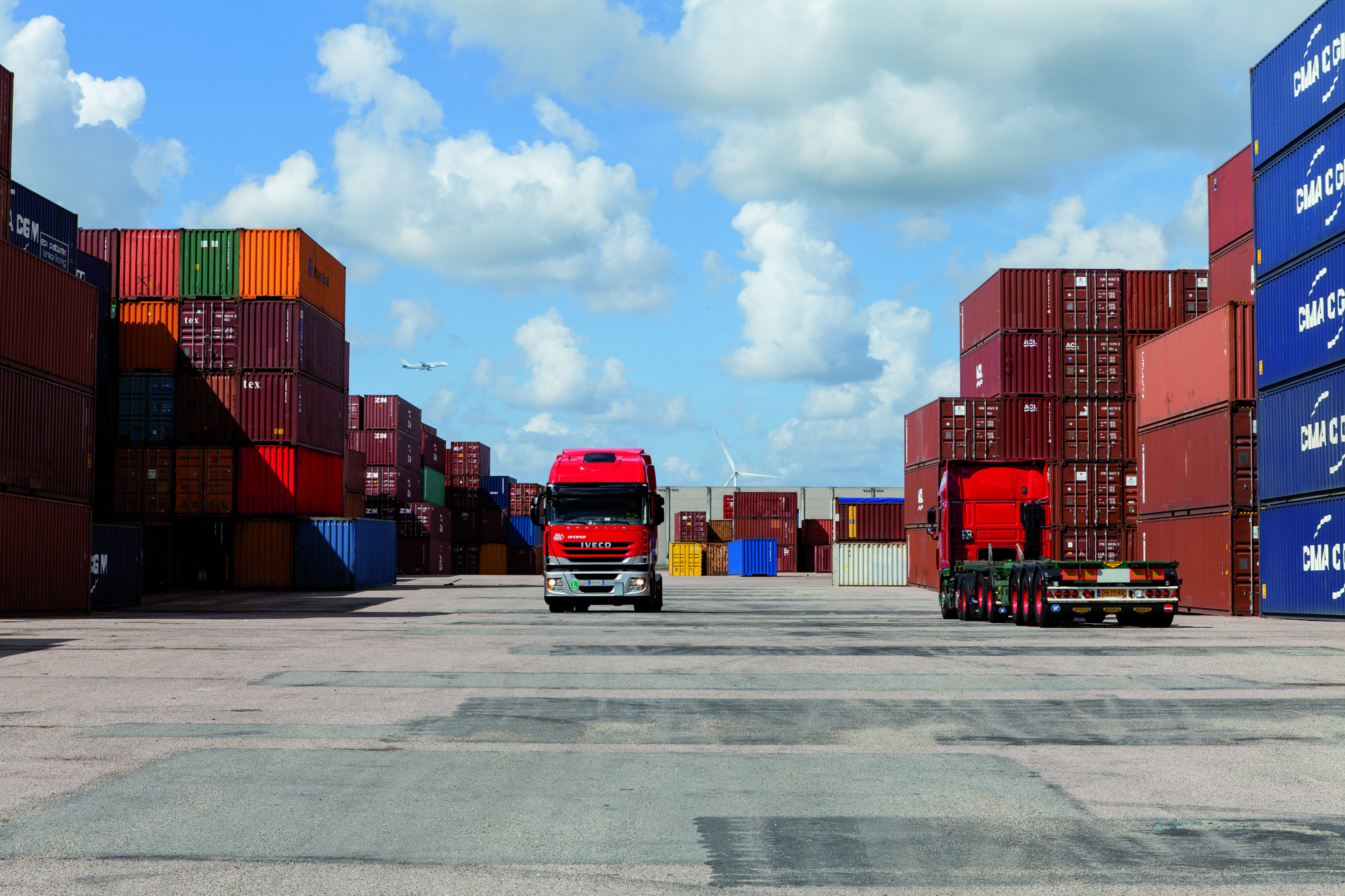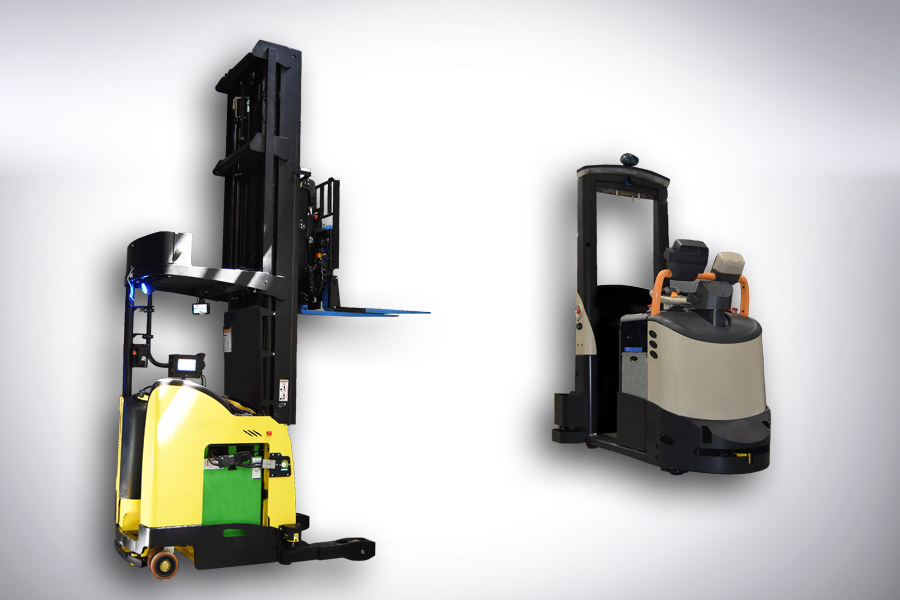BluJay Solutions, a leading provider of supply chain software and services, today announced it has been positioned by Gartner, Inc. in the Challengers quadrant of the 2019 ‘Magic Quadrant for Transportation Management Systems.’ Gartner positioned BluJay highest for ability to execute and furthest to the right for completeness of vision in the Challengers quadrant of the Magic Quadrant for Transportation Management Systems.
Gartner reviewed vendors based on key criteria including the breadth of the TMS; depth of the TMS; usability and adaptability; global go-to-market strategy and offering; partner ecosystem; vision, thought leadership, roadmap and track record; and a compelling supply chain execution (SCE) convergence strategy.
“We’re building something special at BluJay and believe our placement in the Gartner Magic Quadrant is evidence of the strength of our TMS solution, as well as our momentum heading forward,” said Andrew Kirkwood, CEO of BluJay Solutions. “BluJay’s Transportation Management is proven by our customers who rely upon the platform every day for business-critical supply chain execution. Importantly, we’re not standing still. We are moving into the future with an unrelenting focus on creating innovative solutions that provide value for our customers and help them create high-performance supply chains.”
BluJay’s SaaS Transportation Management technology enables shippers to orchestrate multiple freight modes domestically and internationally, and to connect with partners up and down the supply chain through the Global Trade Network. With a constant flow of new features and enhancements, BluJay’s platform supports complex operations while providing the analytics and visibility to make informed decisions in a rapidly-changing environment. Transportation Management’s redefined user interface offers a more intuitive experience with integrated BluJay applications such as Control Tower, Yard Management, Parcel, Customs Management, and MobileSTAR. This supply chain execution convergence, along with a dedicated Logistics as a Service (LaaS) team providing managed services for customers and a continuous loop of development feedback, make BluJay’s TMS offering unique. BluJay’s platform helps users control transportation costs, gain visibility, and optimise activity to better serve their customers.






